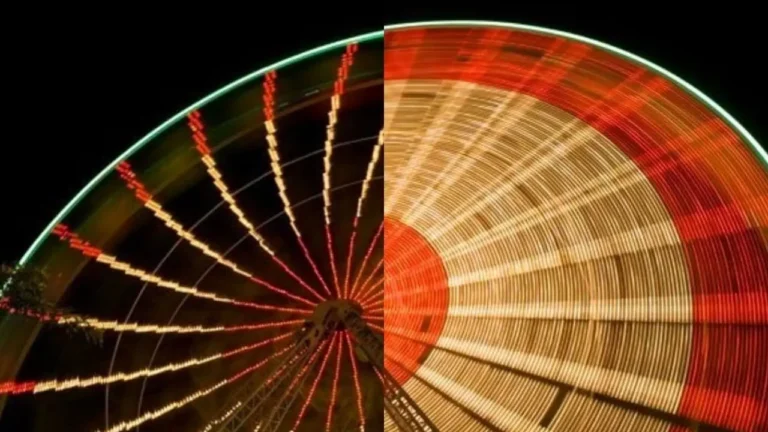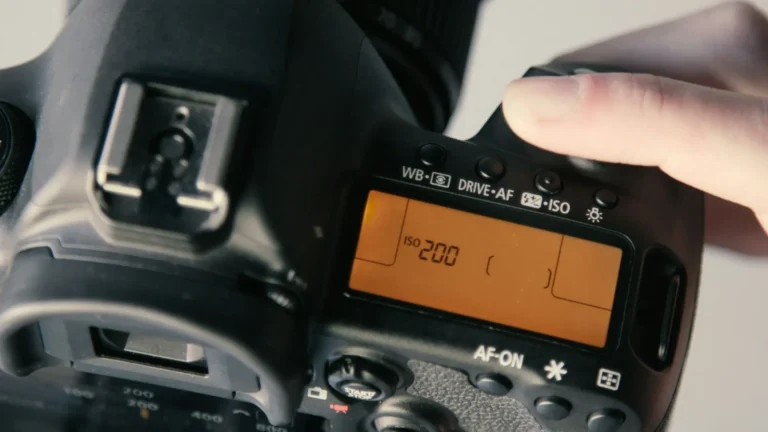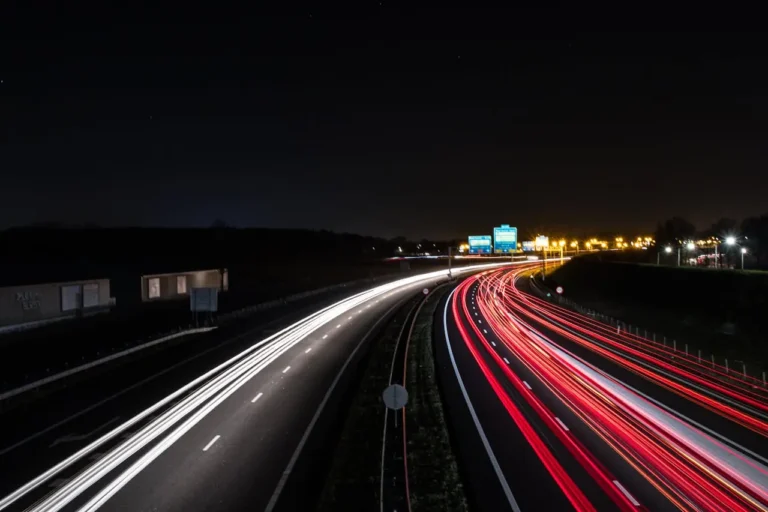Understanding aperture is like finding the perfect balance between clarity and creativity. It’s the difference between a sharply focused subject against a dreamy, blurred background or capturing every detail in a sweeping landscape shot. Whether you’re new to photography or looking to boost your skills, unraveling the mysteries of aperture will unlock a whole new dimension in your visual storytelling.
Key Takeaways
- Adjusting the aperture settings on your camera can significantly impact the outcome of your photographs, so understanding the aperture is crucial for capturing the perfect shot.
- The effects of aperture, such as controlling depth of field and influencing the amount of light, directly affect your photos’ visual impact and mood.
- Different photography genres, from portraits to landscapes, demand varying aperture settings to achieve the desired results, highlighting the importance of adapting the aperture to suit different subjects.
- Familiarizing yourself with the technical aspects of aperture, such as f-stops and lens capabilities, empowers you to make informed decisions when setting up your shots.
- Experimenting with advanced aperture techniques, like using creative bokeh or achieving starburst effects, can add unique and captivating elements to your photography.
- Overcoming common aperture challenges, such as dealing with diffraction or finding the right balance between depth of field and sharpness, will refine your skills and elevate the quality of your images.
Understanding Aperture
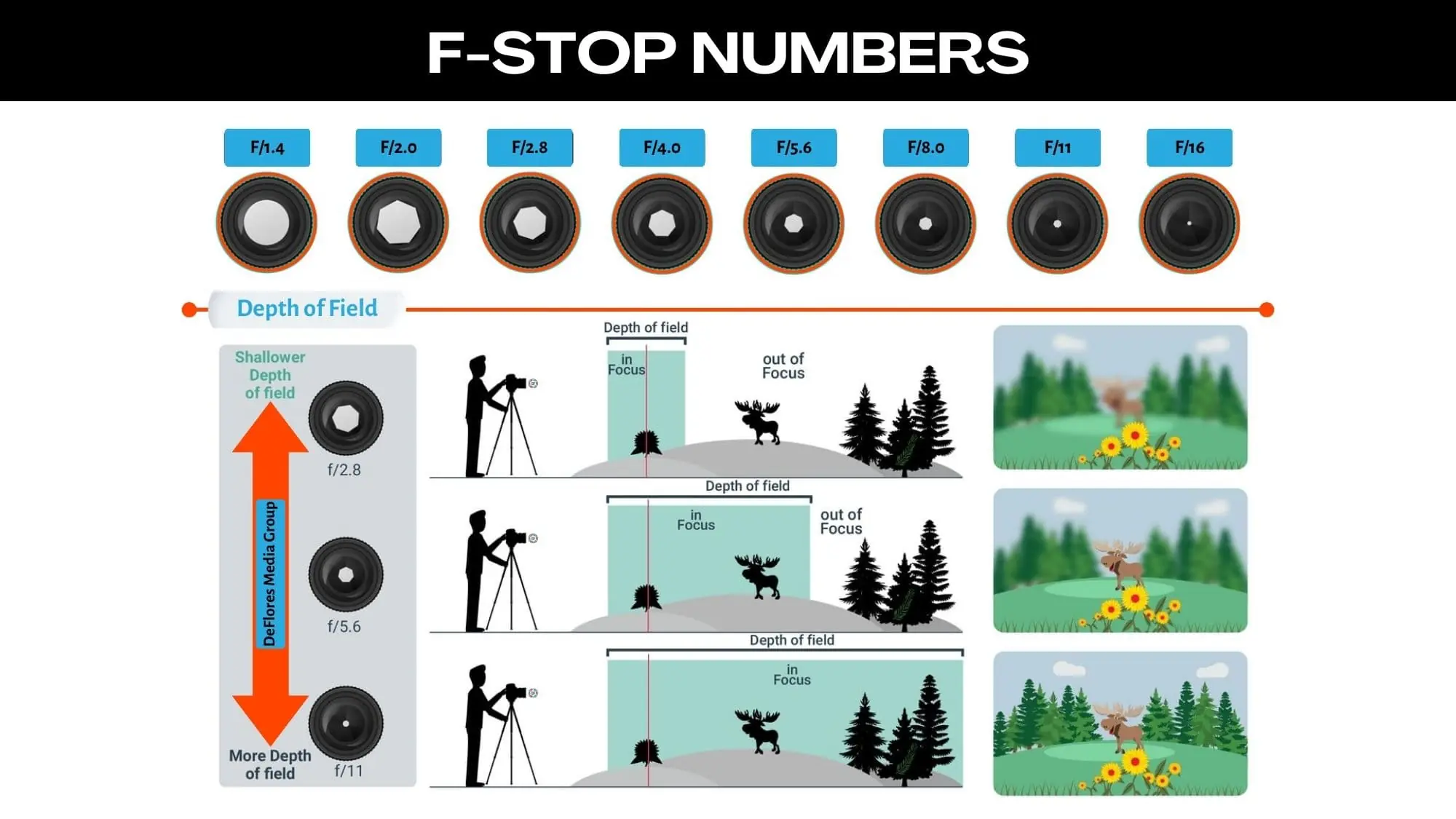
Basic Concepts
It’s essential to understand the basic concepts. The aperture refers to the opening in the lens that controls how much light enters your camera. Measured in f-stop numbers, a lower f-stop means a larger aperture, allowing more light to reach the sensor.
Controlling the amount of light entering your camera is crucial for capturing well-exposed and sharp images. Adjusting the aperture allows you to achieve different creative effects in your photographs. For example, a wide aperture (low f-stop) creates a shallow depth of field, perfect for portraits where you want to blur out the background.
F-Stop Numbers
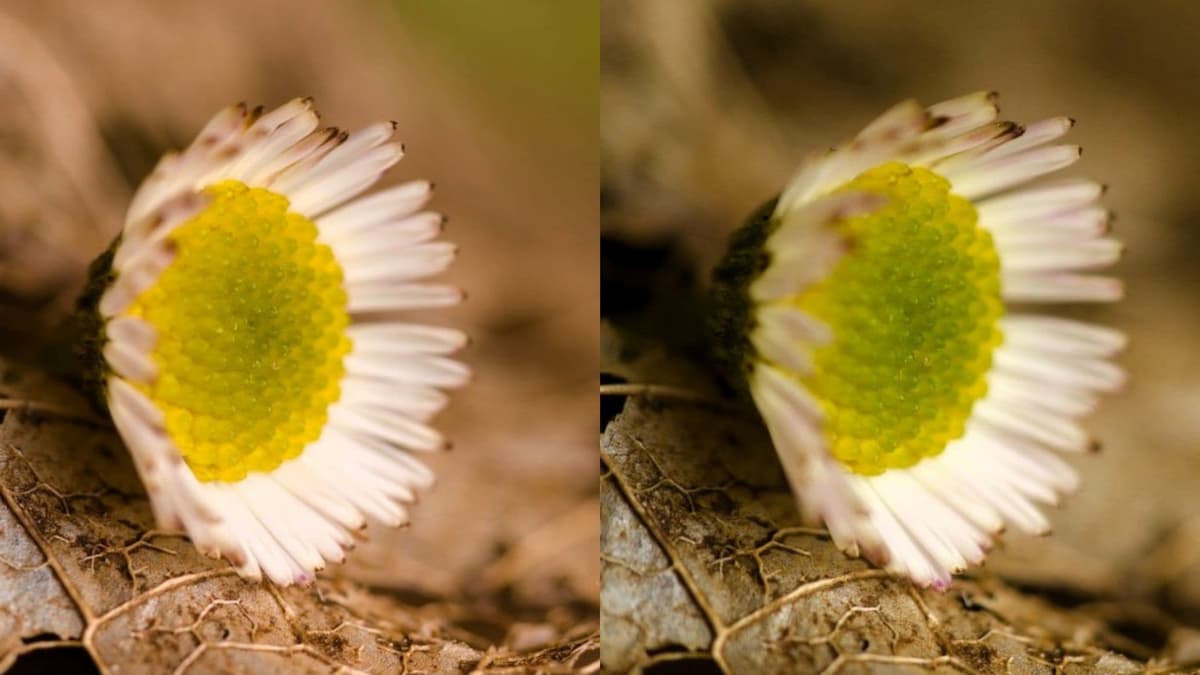
Understanding f-stop numbers is vital when working with aperture settings. A lower f-stop number, like f/2.8, indicates a larger aperture, while a higher number, such as f/16, represents a smaller aperture. Each total f-stop doubles or halves the light reaching the sensor.
For instance, if you’re shooting in low-light conditions and need more light to reach your camera’s sensor, selecting a lower f-stop like f/2 will allow more light into your lens than using an aperture setting of f/8.
Effects of Aperture
Depth of Field
When you use a large aperture, the depth of field becomes shallow. This means that the area in focus is narrow, making it perfect for isolating your subject from the background. Large apertures also create beautiful artistic blur effects, adding a professional touch to your photographs.
Now, let’s talk about bokeh. It refers to the quality of out-of-focus areas in an image. When you use larger apertures, the bokeh appears smoother and more pleasing to the eye. On the other hand, smaller apertures may result in more defined shapes in the out-of-focus areas.
Image Sharpness
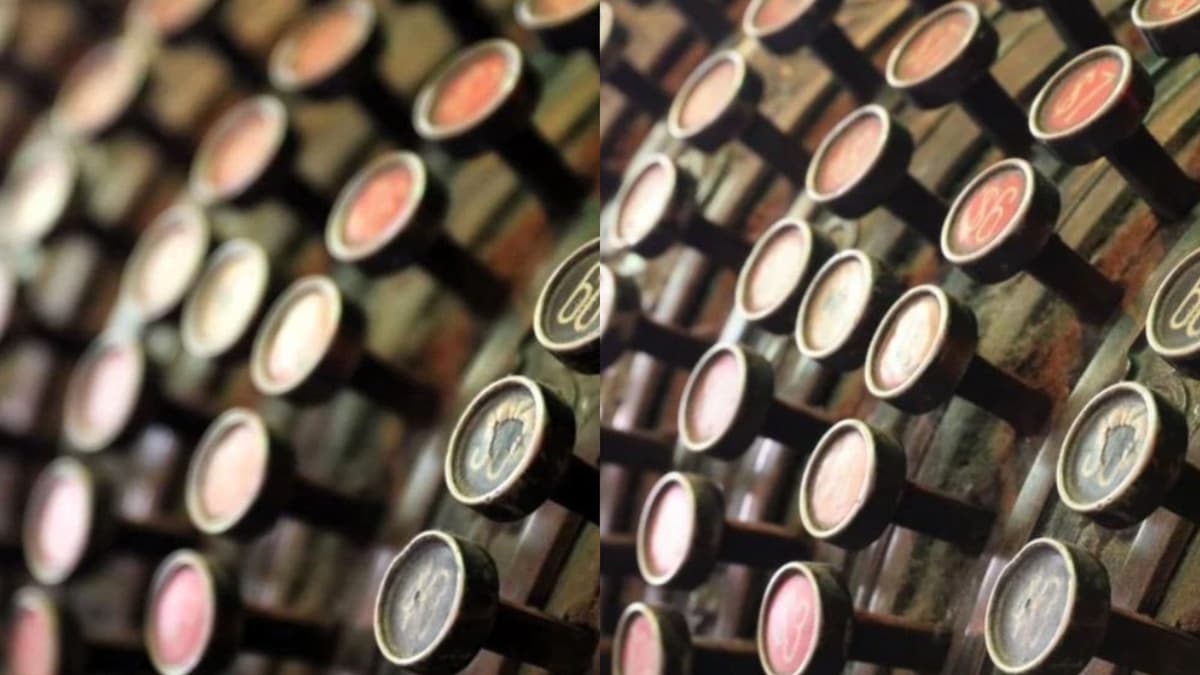
The aperture setting directly impacts your image sharpness. Choosing the correct aperture is crucial because some lenses are sharpest at mid-range apertures. Wide-open apertures can reduce sharpness, so finding that sweet spot is essential for capturing crisp and clear images.
Diffraction and Aberrations
Wide apertures can introduce lens aberrations, imperfections like distortions, or color fringing around objects in photos. Conversely, using smaller apertures might lead to diffraction effects, causing a reduction in image sharpness due to light bending as it passes through a small opening.
Understanding these effects helps you make informed decisions when selecting your aperture settings based on what kind of photograph you want to capture.
Aperture in Different Photography Genres
Landscape Photography
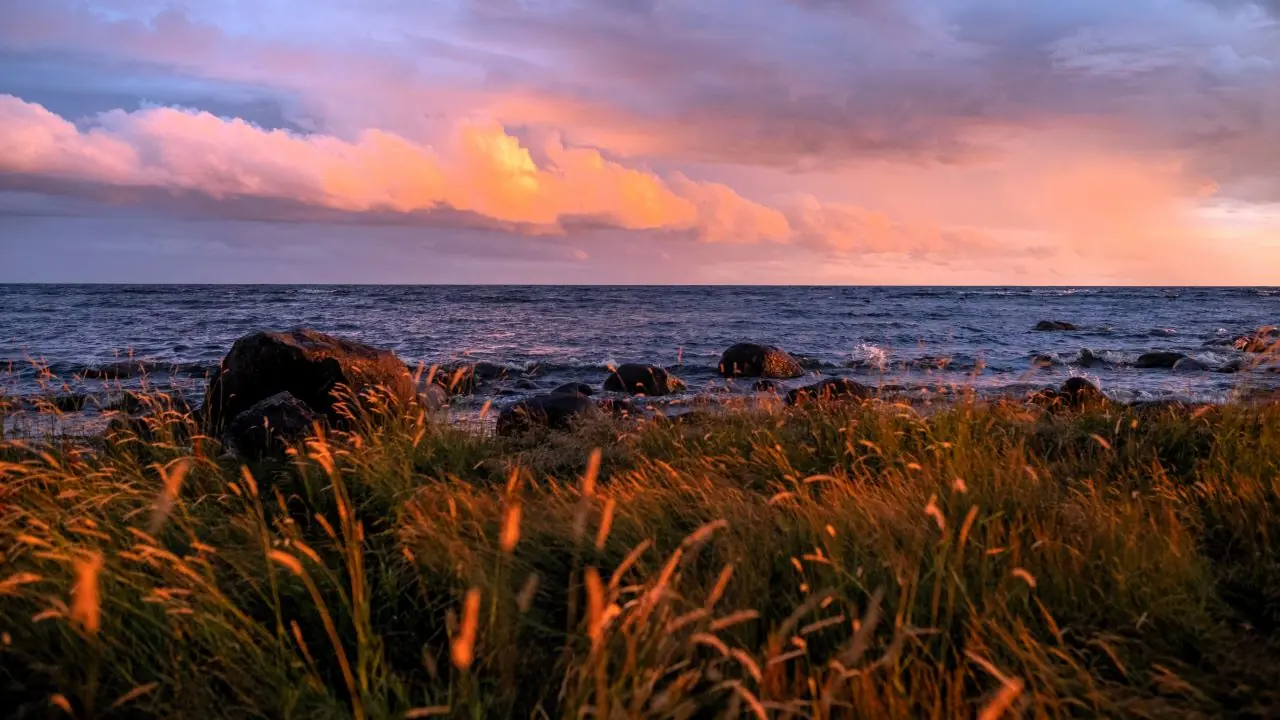
When capturing landscapes, different apertures can produce varying effects. For instance, a smaller aperture like f/16 or f/22 is ideal for achieving a deep depth of field, ensuring that both the foreground and background are sharply in focus. On the other hand, if you want to emphasize a specific element in the landscape while blurring the rest, wider apertures such as f/4 or f/5.6 can help you achieve this effect.
In landscape photography, your choice of aperture also depends on the distance of your subject and how much of it you want in focus. Experimenting with various apertures will allow you to determine which one best suits your composition and desired outcome.
Best Apertures
- Smaller aperture (f/16 – f/22) for deep depth of field
- Wider aperture (f/4 – f/5.6) for selective focus
Night and Milky Way Photography
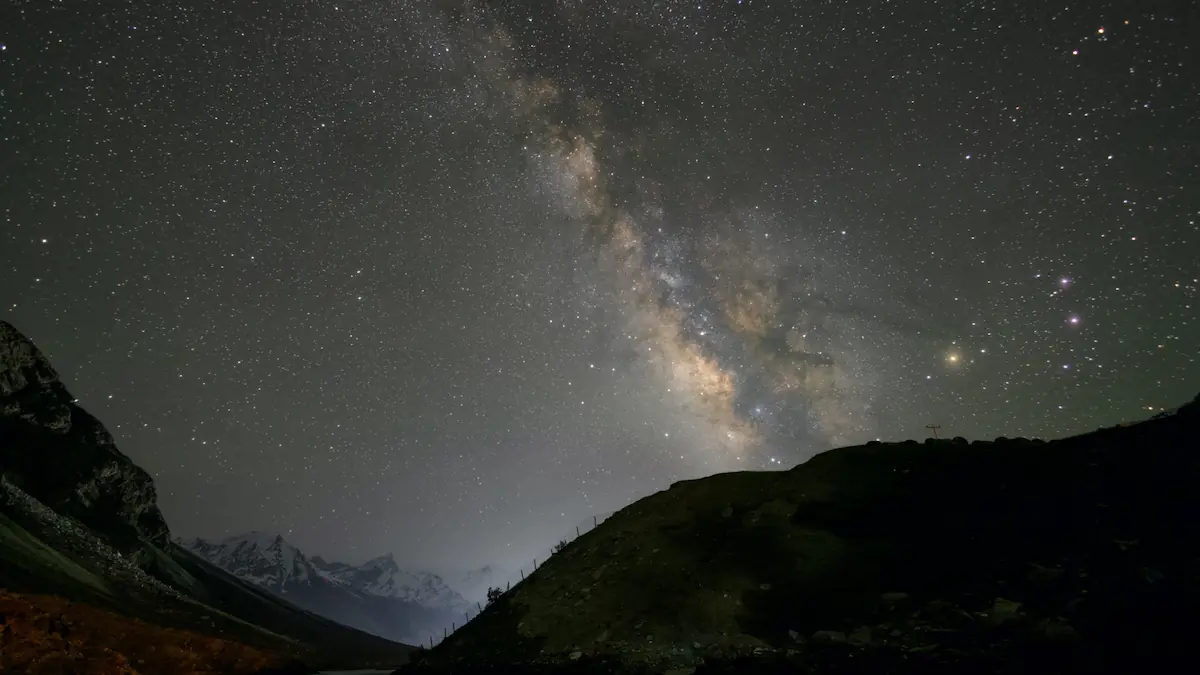
When shooting at night or capturing the mesmerizing Milky Way, wide apertures such as f/2.8 or lower allow more light to enter through the lens. This is crucial because it lets you gather enough light to produce clear images of stars and celestial bodies against dark backgrounds.
Balancing wide apertures with appropriate ISO settings and shutter speeds is essential when photographing at night to avoid overexposure or underexposure.
Best Aperture
- Wide aperture (f/2.8)
Technical Aspects of Aperture
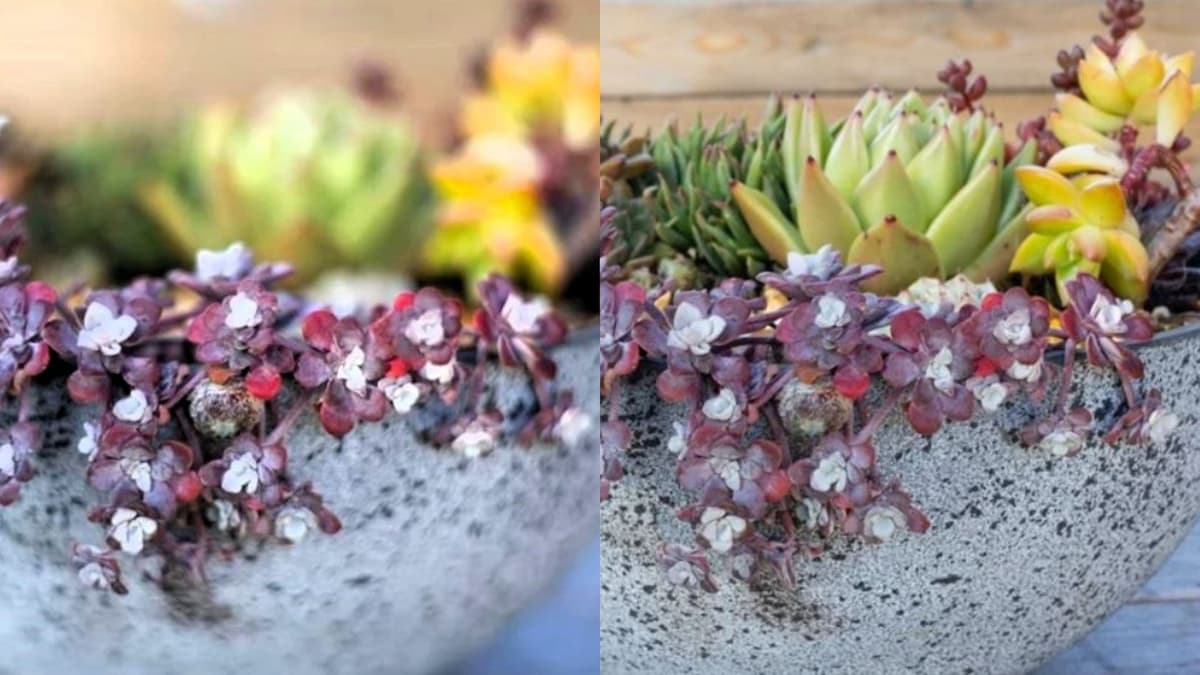
Understanding the technical aspects is essential for capturing stunning images. Let’s delve into the intricacies of F-stops vs T-stops. F-stops measure theoretical light transmission, indicating how wide the lens opens to let in light. On the other hand, T-stops provide actual light transmission through a lens. They are crucial in filmmaking for consistent exposure across different lenses.
Now, let’s explore fixed versus variable lenses. Fixed lenses have a single, unchangeable focal length, offering exceptional image quality and wider apertures. Conversely, variable lenses provide flexibility in focal length adjustments, making them suitable for various shooting scenarios, such as landscapes or portraits.
Moving on to flash exposure – directly adjusting the aperture affects flash exposure when using artificial lighting sources such as a camera flash or studio strobes. Balancing ambient light with flash output is critical to achieving well-exposed photographs. Remember that smaller apertures may require higher flash power to compensate for reduced natural light entering the camera.
Setting Aperture on Your Camera
Understanding aperture settings is crucial in capturing the perfect shot. It’s one element of the exposure triangle, including ISO and shutter speed. When you adjust your aperture, it affects how much light enters the camera.
The interaction between aperture, ISO, and shutter speed is vital for achieving well-exposed photographs. For instance, if you’re shooting in low light conditions, a wider aperture allows more light to reach the sensor. However, this might require adjusting your ISO or slowing down your shutter speed to maintain proper exposure.
Mastering this balance will help you capture images exactly as you envision them. Consider experimenting with different combinations of settings to understand their impact on your photos.
Advanced Aperture Techniques

Slow Shutter Speeds
When capturing fast-moving subjects, small apertures and slow shutter speeds are your best friends. A small aperture like f/16 or higher allows less light to enter your camera. This pairs perfectly with a slow shutter speed, which helps in creating stunning motion blur effects. For instance, when photographing a flowing river or waterfall, this technique will result in a beautifully blurred water effect emphasizing movement.
However, it’s essential to handle this combination carefully to avoid overexposure. Since small apertures and slow shutter speeds limit the light entering the camera, you need to ensure that your image doesn’t become too bright. To counteract potential overexposure issues, adjust other settings such as ISO and use neutral density filters if necessary.
Various Lighting Conditions
Adapting your aperture settings according to different lighting conditions is essential for achieving optimal results in photography. In low-light situations, such as shooting at dusk or indoors without adequate lighting, wider apertures like f/2.8 or lower allow more light into the camera sensor and help capture well-exposed images without excessively increasing ISO sensitivity.
On the contrary, when shooting in bright sunlight or well-lit environments where excessive light may lead to overexposure and loss of detail in highlights, smaller apertures (higher f-stop numbers) are preferable. Experimenting with various aperture settings under different lighting conditions enhances creativity. It provides an opportunity to understand how aperture impacts exposure and depth of field across diverse scenarios.
Common Aperture Challenges
There are some common challenges you may encounter. One of these challenges is dealing with lens aberrations. When you shoot with a wide-open aperture, any lens aberrations can become more noticeable in your photos. However, if you stop down the aperture, you can reduce the impact of specific aberrations. It’s important to understand how different apertures affect your lens’s performance so that you can make informed decisions when capturing images.
Another challenge related to photography aperture is managing diffraction effects. Using smaller apertures can lead to diffraction effects, which may compromise the sharpness of your images when using tiny openings. As a photographer, it’s crucial to balance achieving the desired depth of field and minimizing diffraction when selecting an aperture for your shots.
To mitigate these challenges effectively, consider experimenting with different apertures while closely examining how they affect both lens aberrations and diffraction effects in your photographs.
- Experimenting with various apertures allows you to observe firsthand how they impact image sharpness.
- Understanding the relationship between different apertures and their effects on lens performance empowers you as a photographer.
- Balancing depth of field requirements against potential diffraction issues helps ensure optimal image quality in your photography.
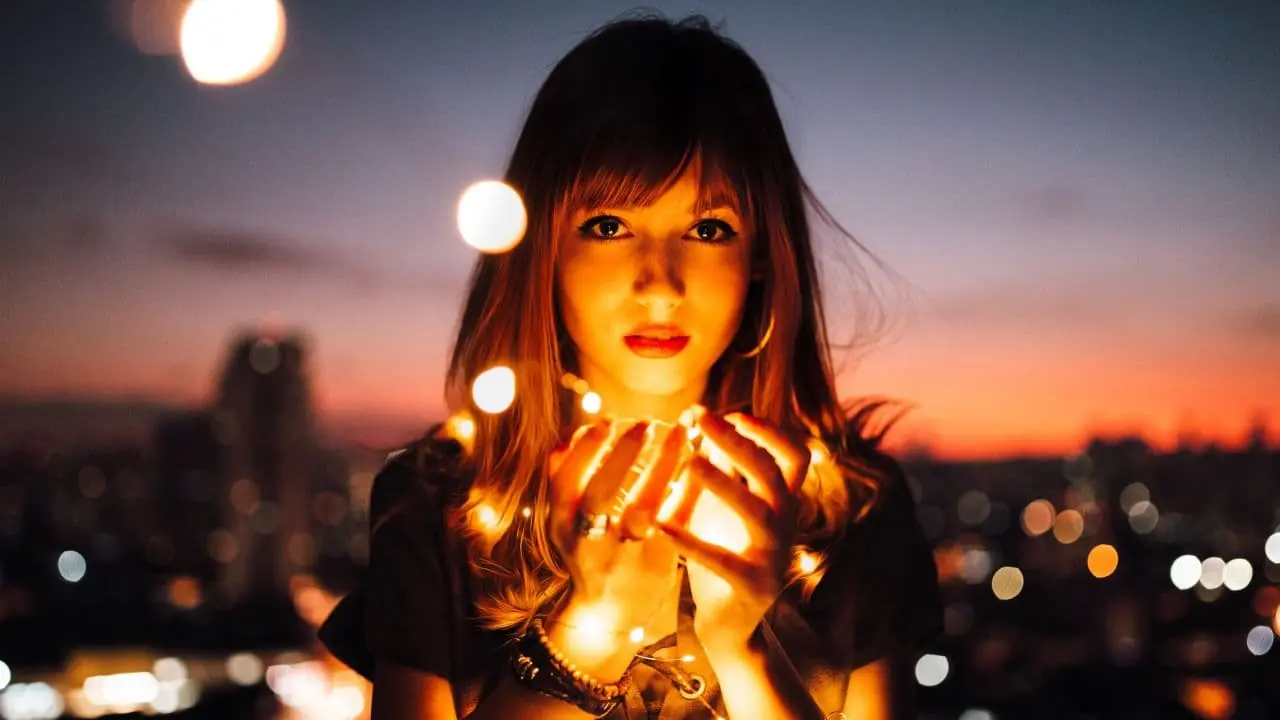
Summary
You’ve now grasped the significance of aperture in photography. It is essential to understand how the aperture impacts your images, its role in various photography genres, and the technical aspects of adjusting it on your camera. You’ve also learned advanced techniques and how to tackle common challenges related to aperture. Now, it’s time to put this knowledge into practice and experiment with different apertures to see their effects on your photos. Be bold, play around, and push the boundaries of what you’ve learned. Embrace the creative possibilities that the aperture offers and elevate your photography skills.
So, grab your camera, head out, and start capturing stunning images with your newfound understanding of aperture. Remember, practice makes perfect, so keep honing your skills and exploring the endless potential of this fundamental aspect of photography!
Frequently Asked Questions
What is aperture in photography?
Aperture in photography refers to the opening in a lens through which light passes. It controls the amount of light that enters the camera and contributes to depth of field, affecting how much of the image is in focus.
How does aperture affect my photos?
The size of the aperture impacts the depth of field, determining how much of your photo will be sharp or blurred. A wider aperture (lower f-stop) creates a shallower depth of field, ideal for portraits. In comparison, a narrower aperture (higher f-stop) keeps more elements in focus, suitable for landscapes.
Can I change the aperture on my camera?
Yes, most cameras allow you to manually adjust the aperture settings. Depending on your camera model and mode selected, you can control it directly using specific dials or through menu settings.
Are there any common challenges related to using different apertures?
One common challenge with wide apertures is achieving precise focus due to the narrow depth of field. On the other hand, narrow apertures may lead to diffraction and reduced sharpness. Understanding these challenges helps photographers make informed decisions based on their creative vision.
How do technical aspects like lens construction impact aperture?
The design and construction of lenses determine their maximum and minimum apertures. High-quality lenses often offer wider maximum apertures for better low-light performance and artistic effects such as beautiful background bokeh.

